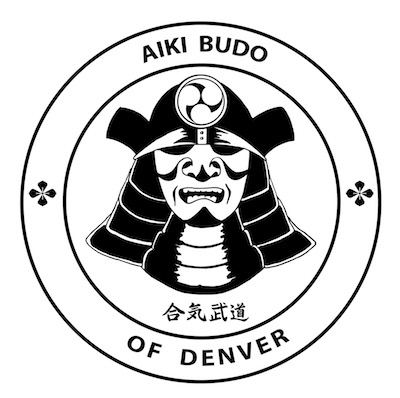Aiki Budo of Denver

Terminology
In our training we use the circular techniques of Aikido. This is a Japanese art, and therefore we use the Japanese language in our practice. Although this may be confusing to beginners, it is the best way to deal with the terminology as there are not always convenient or appropriate English translations. The use of foreign language also adds to tradition and is a respectful gesture to those countries from which the martial arts originated.
Here are a few examples to help clarify terminology to new students. This list is not necessarily meant for use as a pronunciation guide, but as a guick introduction to the language of Japan. Note: use of a macron (ˆ) over a vowel indicates an elongated vowel, pronounced for twice as long as an ordinary vowel.| English | Japanese |
|---|---|
| training hall | dôjô |
| instructor | sensei |
| bow | rei |
| degree | dan |
| grade | kyû |
| black belt | yûdansha |
| 1st degree black belt | shodan |
| 2nd degree black belt | nidan |
| shout | kiai |
| open-closed (stance) | gyaku-hanmi |
| open-open (stance) | ai-hanmi |
| empty hand | karate |
| uniform | gi |
| move behind | ura |
| move in front | omote |
| breath | kokyû |
| breathe | kokyû-shiro |
| face the front, bow | shomen-ni, rei |
| face the instructor, bow | sensei-ni, rei |
| to all assembled, bow | otagai-ni, rei |
| high (above shoulders) | jôdan |
| middle (torso) | chûdan |
| low (below waist) | gedan |
| front | mae |
| side | yoko |
| back | ushiro |
| punch | tsuki |
| block (receive) | uke |
| start | hajime |
| stop | yame |
| inward | uchi |
| outward | soto |
| one | ichi |
| two | ni |
| three | san |
| four | shi or yon |
| five | go |
| six | roku |
| seven | shichi or nana |
| eight | hachi |
| nine | kyû |
| ten | jû |
| hand | te |
| one of a pair | kata |
| one hand | katate |
| grab | tori |
| one hand grab (same side) | katate-tori |
| shoulder | kata |
| shoulder grab | kata-tori |
| cross (reverse) one hand grab | katate-tori |
| rear one hand grab | ushiro katate-tori |
| with both hands | morote |
| grab with both hands | morote-tori |